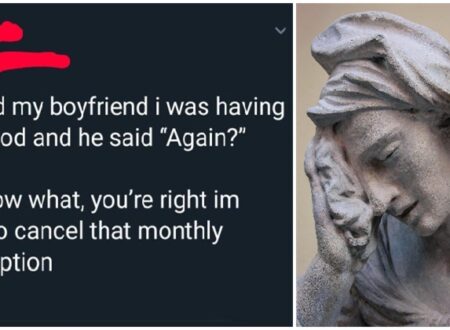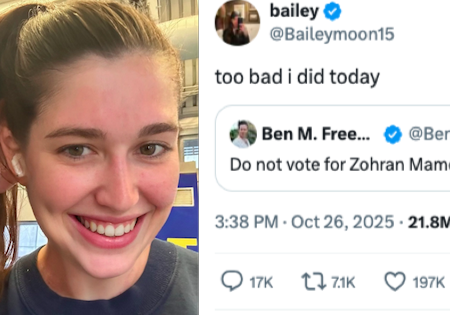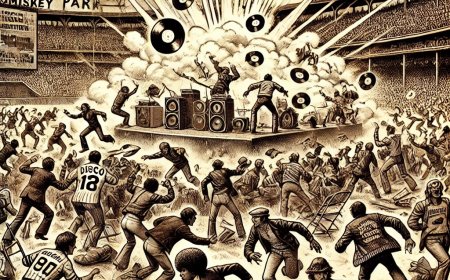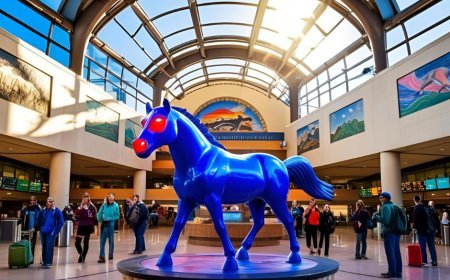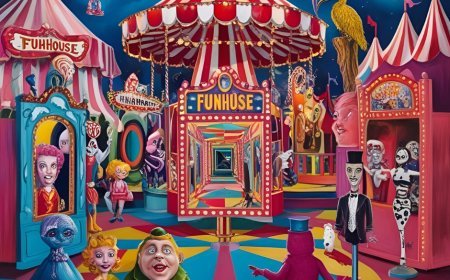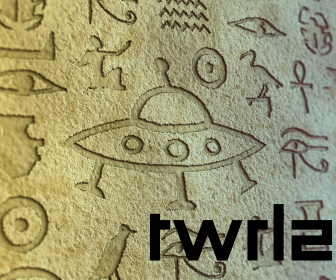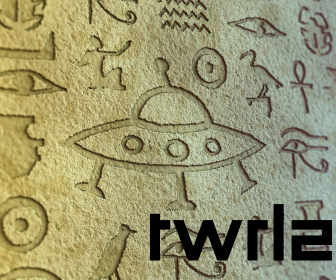Disco Demolition Night: The Explosive Riot That Tried to Kill Disco in 1979
In 1979, thousands stormed a Chicago baseball field during Disco Demolition Night. A stunt to destroy disco records turned into a full-scale riot that marked the bizarre death of disco.
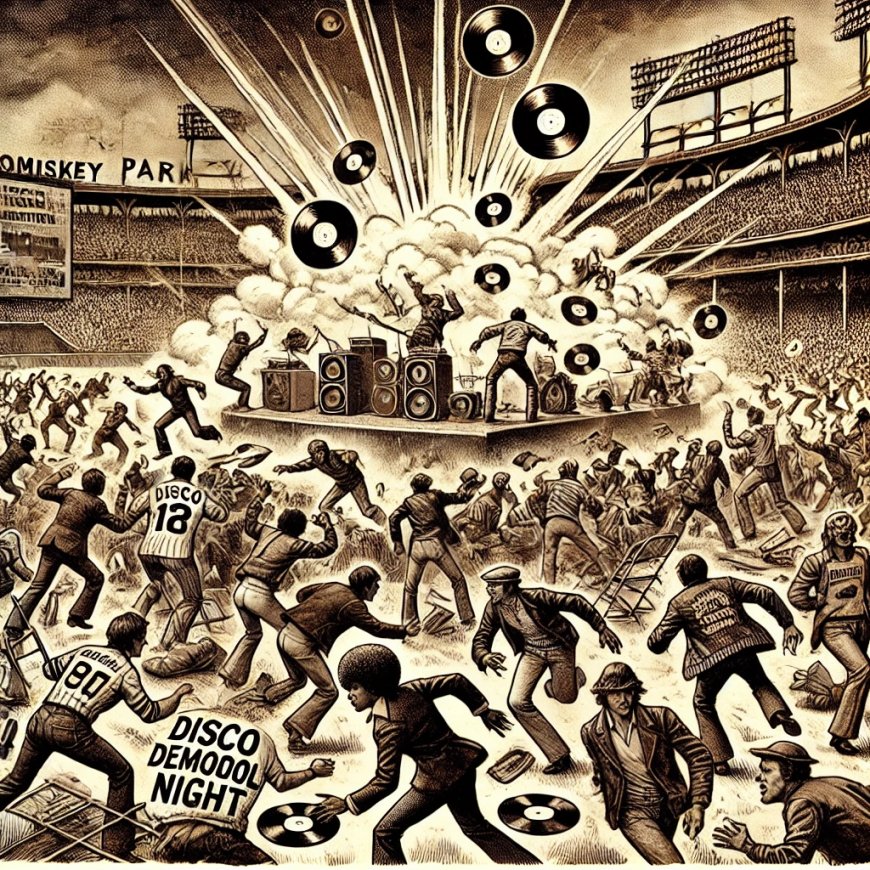
The Night Disco Died — or Did It?
The summer of 1979 was a time of glitter, polyester, and disco balls spinning in clubs across America. But while disco music dominated the airwaves and dance floors, not everyone was grooving to the beat. Rock fans and cultural critics had had enough. The backlash was brewing, and it exploded — literally — on July 12, 1979 in Chicago.
That night became known as Disco Demolition Night — a promotional stunt gone horribly wrong that turned into a riot, a cultural statement, and one of the strangest collisions of sports, music, and rebellion in history.
The Plan: Blow Up Disco Records
The Chicago White Sox weren’t exactly packing the stands in 1979. To boost ticket sales, team management agreed to a wild idea from Steve Dahl, a local radio DJ who had made a career out of mocking disco. The plan? Invite fans to bring their unwanted disco records to Comiskey Park, pile them up, and blow them sky high with explosives between games of a baseball doubleheader.
The promotion was simple: bring a disco record, pay only 98 cents for admission, and watch the destruction of disco. Officials expected maybe 20,000 fans. Instead, over 50,000 showed up.
A Powder Keg of Anti-Disco Energy
By 1979, disco wasn’t just music — it was a cultural flashpoint. The genre was associated with inclusivity, nightlife, and diversity, embraced by Black, Latino, and LGBTQ+ communities. But its mainstream takeover annoyed many rock fans, who saw disco as corporate, artificial, and a threat to “real music.”
Steve Dahl fanned the flames with his “Disco Sucks!” campaign, and Disco Demolition Night became the lightning rod for that anger. What started as a silly stunt quickly turned into something darker: a countercultural protest fueled by booze, rebellion, and raw energy.
July 12, 1979: The Chaos Unleashed
The stadium was packed, the crowd rowdy, and security overwhelmed from the start. Fans hurled disco records like Frisbees, disrupting the first game. The atmosphere felt less like a baseball game and more like a powder keg waiting to explode.
Then came the moment. Between games, Dahl marched onto the field dressed in army fatigues and helmet, mocking disco culture as if he were leading troops into battle. A crate filled with thousands of disco records was wheeled to center field. Explosives were planted inside.
With a gleeful countdown, Dahl pressed the button. BOOM.
The explosion rocked the stadium, sending vinyl shards flying through the air. Smoke billowed, the crowd roared — and then, everything spiraled out of control.
From Celebration to Riot
Instead of cheering and going home, thousands of fans stormed the field. They ripped up turf, set fires, climbed foul poles, and clashed with police. Beer bottles flew. The baseball diamond turned into a war zone of chanting, stomping chaos.
The second game of the doubleheader? Canceled. The White Sox had to forfeit the match, one of the rarest punishments in baseball.
For hours, Chicago police battled with rioters as chaos engulfed the stadium. What was supposed to be a lighthearted stunt became a full-blown riot — all in the name of killing disco.
Eyewitness Reactions
One White Sox player later said:
“It was like watching the Roman Colosseum, except instead of gladiators, it was drunk fans tearing up our field.”
A reporter at the scene wrote:
“You couldn’t tell if it was Woodstock or a war zone. People were laughing, crying, fighting, and dancing all at once.”
The Fallout: Did Disco Really Die?
In the aftermath, Disco Demolition Night was blamed for sparking the sudden collapse of disco’s dominance. Record sales plummeted. Radio stations ditched disco overnight. The phrase “Disco Sucks” became mainstream.
But cultural critics have pointed out that the riot wasn’t just about music. Many argue it carried undertones of racism, homophobia, and resentment against the communities that embraced disco. What looked like a goofy stunt had deep cultural consequences.
Weird Facts About Disco Demolition Night
-
The attendance was nearly double what the stadium could safely hold.
-
Vinyl records thrown by fans weren’t always disco — people brought in R&B, funk, and even Beatles albums, showing the chaos had little logic.
-
The forfeit against the Detroit Tigers remains one of the strangest in baseball history.
-
Steve Dahl, far from being ashamed, rode the publicity to greater fame.
-
Decades later, Disco Demolition Night is remembered as both a hilarious spectacle and a troubling reflection of cultural backlash.
Legacy in Pop Culture
Disco Demolition Night has since been featured in documentaries, books, and countless retrospectives. It’s often cited as “the night disco died,” though in reality, disco never fully disappeared — it evolved into house, dance, and modern pop.
What remains is the image of thousands of fans storming a baseball field, tearing up turf, and dancing amid smoke and shattered vinyl — a night where music, rebellion, and sports collided in one unforgettable, chaotic explosion.
Final Thought
Disco Demolition Night wasn’t just a baseball promotion gone wrong. It was the perfect storm of cultural tension, media hype, and raw chaos. For some, it was hilarious. For others, it was a violent attack on a beloved culture.
Either way, July 12, 1979 will forever go down in history as the night when disco records blew up, baseball lost a game, and America witnessed one of the strangest pop culture riots of the 20th century.
What's Your Reaction?









